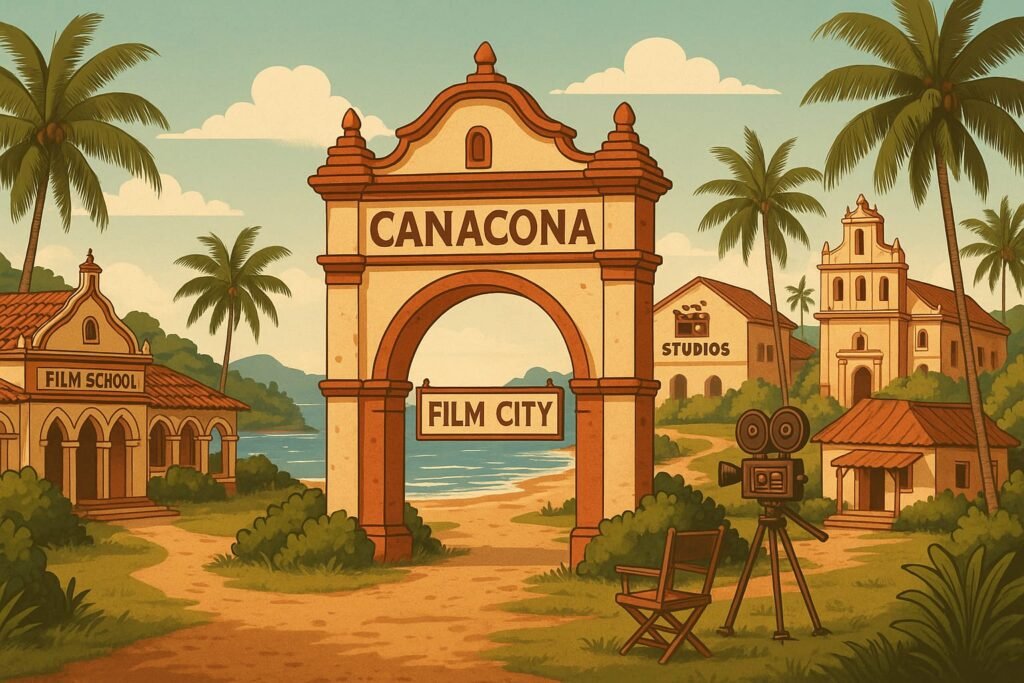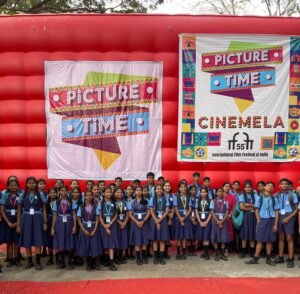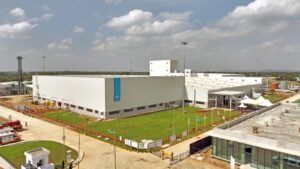Canacona Is a Sanctuary, Not a Set

– Vishal Pai Cocode
The proposal to set up a film city in Canacona is being promoted as a golden opportunity, a hub for film production, a source of employment, and a magnet for tourism. But behind the glamour lies a disturbing truth. The project threatens Canacona’s fragile environment, displaces local communities, burdens infrastructure, and raises serious national security concerns. Goa must ask itself who benefits from this so-called development.
Ecological Destruction in a Biodiverse Hotspot
Canacona is one of Goa’s most ecologically sensitive and biologically diverse regions. The forests of Cotigao, the Galgibaga turtle nesting beach, and the lush green hills of Loliem form part of a delicate ecological system that will be irreversibly damaged by a large concrete and asphalt film city. The massive land requirement, constant construction, power consumption, and water use will lead to deforestation, loss of habitat, and contamination of natural resources.
Mangroves and wetlands, which serve as natural flood buffers and carbon sinks, could be wiped out to accommodate concrete infrastructure. Once disturbed, these ecosystems do not regenerate easily. Goa has already lost far too much in the name of unscientific development. Canacona cannot afford to be next.
Threat to National Security Due to Proximity to Naval Base
One critical angle that is being deliberately overlooked is the national security threat posed by the proposed site. The Loliem Canacona area lies just a few kilometers from the Indian Navy’s INS Kadamba base at Karwar, one of India’s most strategic and sensitive naval facilities. A bustling film city nearby, attracting large crowds, equipment, drone usage, foreign crew members, and uncontrolled commercial activity, could pose a serious risk to military operations, surveillance, and base security.
Have the Indian Navy and Ministry of Defence been consulted? Has a security clearance been obtained? Any civilian project so close to a critical defence installation must be approached with extreme caution, not with political expediency.
Displacement and Marginalisation of Local Communities
The film city threatens to displace generations of families who depend on traditional occupations like fishing, farming, toddy tapping, and eco-tourism. Land prices will skyrocket, and ancestral land could be forcibly acquired or quietly purchased through pressure tactics. Jobs promised to locals often end up being contractual, insecure, and menial, while the technical and high-paying roles go to outsiders.
Is the film city empowering Goans or simply extracting value from the Goan land?
Is Goa Equipped with the Human Resources for a Film City?
There is an urgent need for clarity. Does Goa have the required human resources to support such a facility?
Running a full-fledged film city requires a highly skilled workforce. Cinematographers, editors, costume designers, animators, VFX artists, lighting technicians, and production managers are essential. What percentage of Goans possess these skills today? Are we prepared to train and retain this workforce?
The government must publicly release:
- The number and categories of jobs that the film city will create
- The skill sets and qualifications required for each job
- The number of Goans currently qualified to fill those positions
- A timeline and plan for training locals to meet those requirements
Without transparency, employment promises are nothing more than empty rhetoric.
Technological Redundancy of Physical Film Cities
In today’s digital era, full-scale physical sets are no longer a necessity. With cutting-edge computer-generated imagery, virtual production stages, and artificial intelligence tools, filmmakers can recreate any location, urban or wild, without setting foot outdoors.
Studios across the world are downsizing physical infrastructure in favour of compact, tech-driven digital stages. In this context, investing crores into building a land-intensive film city in a sensitive zone like Canacona is not just environmentally reckless, it is technologically outdated.
Infrastructure Overload and Cultural Erosion
Canacona already struggles with basic infrastructure. Water shortages, inadequate healthcare, poor road conditions, and erratic public transport are routine issues. A massive film city will worsen the situation by increasing traffic, straining utilities, and generating waste far beyond current capacity.
The region’s unique cultural identity, rooted in nature, tradition, and simplicity, also risks being diluted. With rising land prices, gated communities, and rapid commercialisation, locals could lose not just land, but their way of life.
A film city in Loliem Canacona is a project driven more by optics than by need. It threatens Goa’s environment, local communities, cultural roots, and even national security while ignoring the fact that today’s film production is increasingly digital and decentralised.
Goa needs sustainable, inclusive, and transparent planning, not megaprojects driven by elite interests. Before it is too late, the government must rethink. Canacona is not a blank canvas for someone else’s cinema dream. It is a living, breathing community, and it deserves to be protected.
Let Canacona remain what it is. A Sanctuary, not a set.






